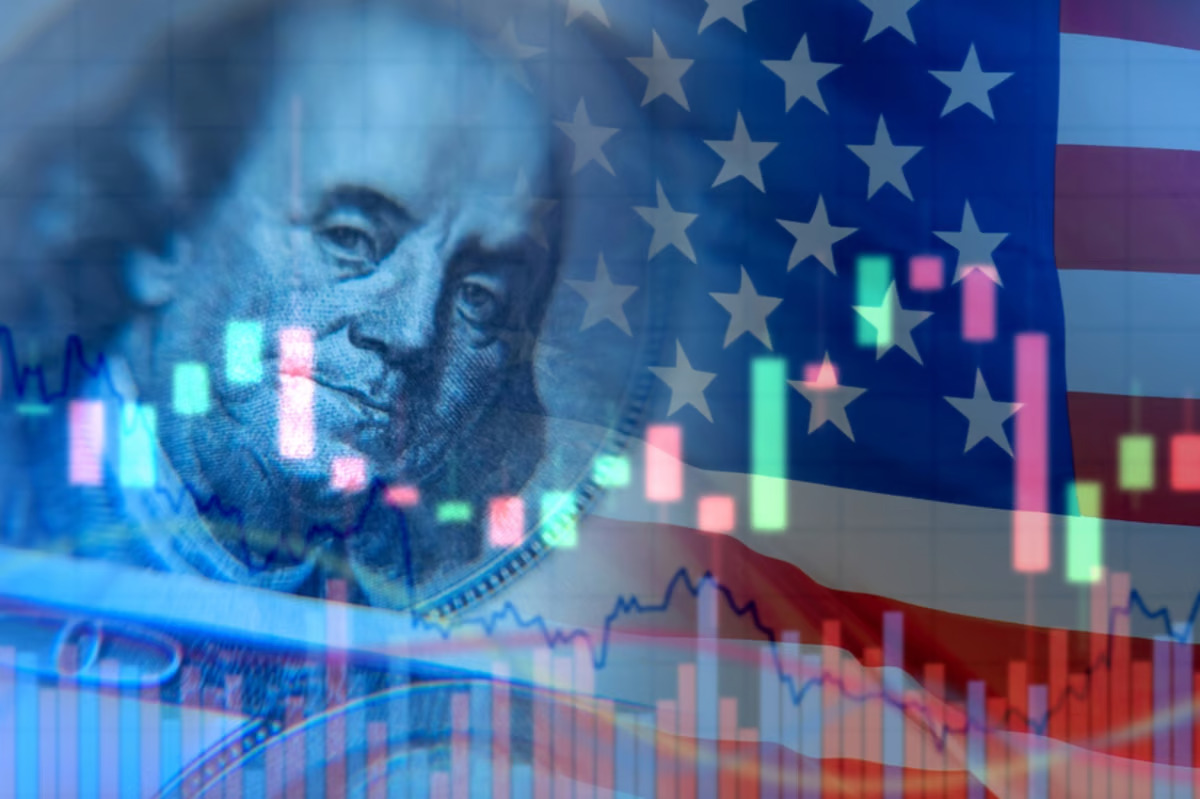The U.S. inflation rate fell faster than forecast, dropping to 3 percent in June. This encouraging data has led investors to increase their bets on interest rate cuts by the Federal Reserve, and has pushed yields on Treasuries lower.
According to the Bureau of Labor Statistics (BLS), The year-on-year rise in consumer prices came in below May’s rate of 3.3 percent, and was also less than economists’ expectations of 3.1 percent. This marked the first time inflation had hit 3 percent since June 2023.
Positive sign for the Fed
The drop in inflation is a positive sign for the Federal Reserve as it debates how quickly to cut rates from their 23-year high. According to LSEG data, the likelihood of a September rate cut rose to 100 percent in the aftermath of the CPI data, compared to 72 percent beforehand.
“This is, without too many caveats, an unambiguously good print,” said Andy Schneider, senior U.S. economist at BNP Paribas. “If you’re the Fed, this is exactly what you wanted to see.”
The inflation figures come as the Fed looks for further evidence that price pressures are easing in the world’s largest economy. Fed Chair Jay Powell had stated this week that the central bank needed “more good data” before it could confidently lower interest rates.
Market expectations, Fed’s benchmark rate
Despite earlier market expectations of as many as seven interest rate cuts in 2024, the Fed has so far kept its benchmark rate at a range of 5.25-5.5 percent, the highest since 2001. However, the latest data has increased bets on rate cuts, with yields on two-year U.S. Treasuries falling to a four-month low.
Monthly consumer price decline
The BLS data also showed that consumer prices fell by 0.1 percent on a monthly basis, compared to economists’ expectations of a 0.1 percent increase. This was the first time since 2020 that monthly consumer prices had fallen, with factors like a drop in gasoline prices and a slowdown in housing-related costs contributing to the overall decline in inflation.
Cooling economy, potential rate cuts
The latest data reinforces Powell’s message that the U.S. economy is no longer “overheated”, with the labor market showing more signs of cooling. This has raised expectations of the Fed being able to cut rates sooner rather than later, providing a boost to investors and the broader economy.
For more economy news, click here.




